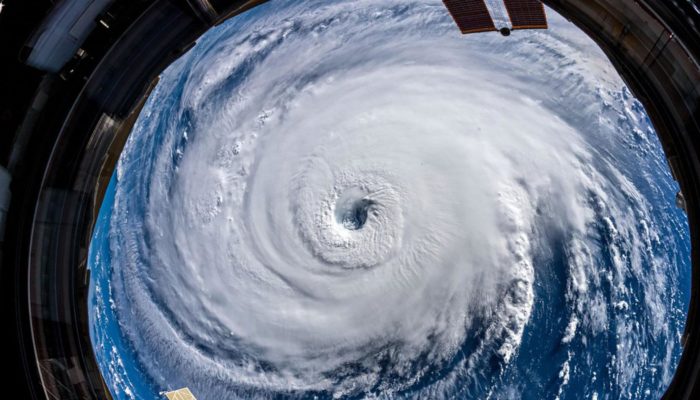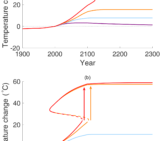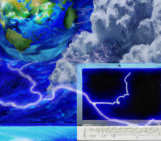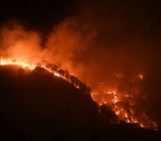
While extreme events are meteorological in nature, climatologists collect them to draw conclusions about the state of the present climate and to get clues how they possibly change in the future. Thus, climate and weather find common ground. If we consider an event alone, we are not studying the climate, we are in the field of meteorology, the goal of climatologists is therefore to put extreme events in a climatic context. While meteorologists predict the rain and the weather of the next few days, the object of study of climatologists does not allow them to reach such a degree of precision: They are not trying to know if there will be a cold spell on December 4, 2050, but rather how many there will be on average during the decade 2050-2060. Even if the weather is not predictable, climate statistics are.
By conducting statistical analyses of weather data for decades, climate scientists agree that the frequency of extreme events has already clearly increased: regardless of the variable studied, the scale or the model chosen, we see that the probability of these events in the current world is greater than in a world without human impacts. This is one of the main outcomes of the new IPCC report AR6.
To make predictions on the evolution of extreme events, climate scientists constantly keep an eye on the data accumulated in the past. This allows them to test the reliability of the models, but also to have a point of comparison with the data that is recorded today.
Despite the improvement of the monitoring of our planet with the appearance of satellites, the incomplete data of the more distant past leaves a gap that is difficult to fill. From this gap, researchers inherit difficulties in predicting the evolution of certain phenomena: for example, climatologists can determine on physical bases that the intensity of hurricanes will increase, it is difficult to predict the evolution of the frequency of these events, because even if we manage to simulate them with climate models, we don’t have good statistics from the past.
In fact, before we had a global view of our planet, it was simply impossible to know the existence of hurricanes that did not touch land. In this case, could the improved detection of the last decades be the reason for this tendency to perceive more extreme events? This bias exists. But in reality, climatologists validate the models with data series as accuratly as possible which come from historical weather stations. This allows to reduce biases in climate model simulations.
Despite some uncertainties, recent improvements in climate models are providing researchers with precise information about the future: For example, heat waves will become more intense because of the global rise in temperatures but there is an additional effect that is added to this: the slowing down of atmospheric circulation in the summer means that high pressure systems are becoming more persistent over Europe. The addition of these two phenomena increases the frequency and intensity of these episodes. These are just a few examples. So, as time goes by and techniques improve, our future is taking shape in the eyes of researchers who know how to decipher our climate past.



